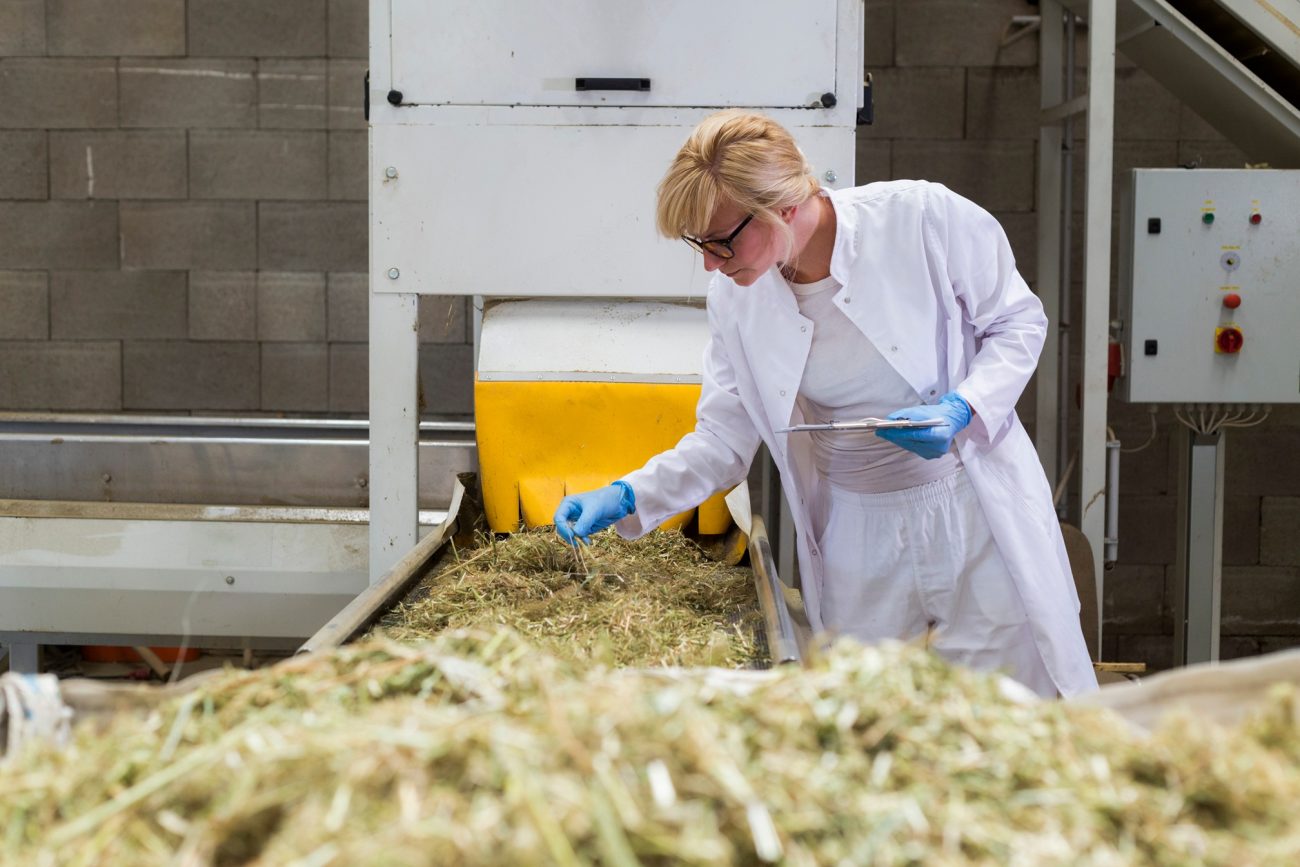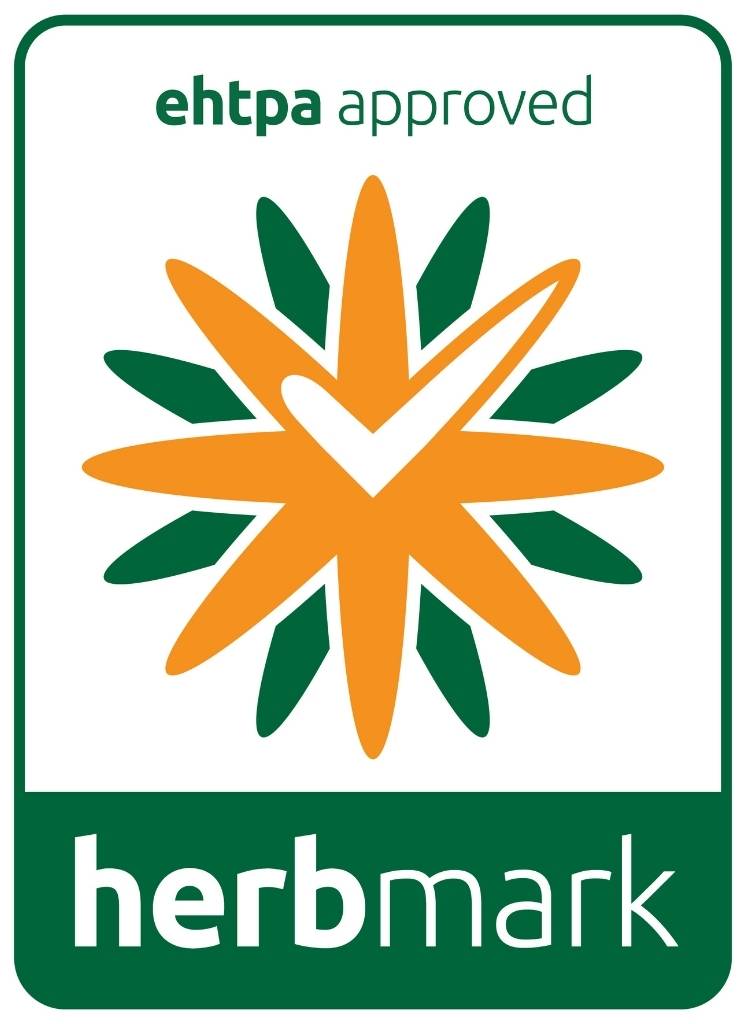The HerbMark is a Good Manufacture Standard developed to assure high quality in the herbal industry. Martin Dooley shares how the standard was developed and is awarded to suppliers.

In November 2018, I was invited by Chris Etheridge to join the BHMA, based on my 40 years plus experience of Quality Management Systems design and implementation as a Qualified Person in the Pharmaceutical industry as well as my consultancy experience for the Manufacturing Advisory Service, which covered many different sectors including food production. The objective was to develop a Good Manufacturing Practice Standard appropriate for the herbal medicines sector. When I joined the BHMA my knowledge of Herbal Medicines was somewhat limited.
Based on this, my approach was to visit as many BHMA members as well as HPSS to gain an understanding of the processes involved. This took approximately 12 months. The common theme was that every company I visited were extremely positive and open minded about the idea and very much wanted a structured and relevant quality management system ensuring high quality was maintained with evidence to support this.
Having completed my visits I set about designing a GMPSS standard which took elements of Pharma GMP and food safety standards. The objective of this standard is to ensure that products or materials are processed in such a way that the quality is guaranteed, but just as important to give the end user reassurance this is the case. To achieve this objective the standard is made up of a set of key areas listed below.
Quality management system

This is the overriding system that defines and documents an organisation’s processes, procedures and responsibilities to achieve quality policies, practices and objectives.
It provides a structured framework to ensure products or services meet regulatory and customer requirements, ultimately aiming to enhance customer satisfaction and operational efficiency. An effective QMS helps organisations consistently meet consumer expectations while minimising waste.
Within the QMS, there will be defined management responsibilities, procedures defining the process from supplier approval, material intake, storage, manufacture, testing, and distribution.
As part of this there will be risk assessment using a well-established process known as Hazard Analysis Control of Critical Points (HACCP). Change control is managed, documented and effectiveness assessed. It is documenting what is actually done, providing evidence of compliance.
Personnel
Within the standard, the organisation must ensure there are adequate staff to carry out the required processes — all staff will have job descriptions defining responsibilities. An essential part of personnel management is training, The organisation will have a training matrix to ensure staff are adequately trained. This will include when changes occur, updating their training records accordingly.
Premises and equipment
The premises should be designed to ensure that cross contamination is eliminated. That equipment is suitable for the processes required. Storage is well established with clear visual management separating goods, work in progress, quarantine, approved stock etc. There will be a hygiene program, pest control and temperature monitoring, if required.
Production
This covers from receipt of raw materials and packaging through to despatch. A very key practice is that only one product at a time should be processed in a particular area. Every step will have a procedure and record of what has been done.
Quality control
A fundamental principle is that quality should be independent of production and sales to avoid conflict of interest. The quality control covers, sampling, testing / inspection against specifications of all materials, packaging and products. It is the responsibility of quality to approve or reject.
Out-sourced activities
In the same way staff should have defined responsibilities, contractors should be managed by technical agreements to ensure clarity. This would include such activities as pest control, any outsourced lab testing, transport companies, or any type of contractor.
Complaints, recalls and non-conformance management
As already mentioned, but of high importance, the above need to be documented, investigated, providing root cause analysis leading to corrective and preventative action.
Self-inspection
Self-inspection is essential and is a very key part of GMPSS. This process is to ensure that we do what we say we do and can provide evidence. If we can’t then we need to investigate why not.
By following all the above we are ensuring the highest quality and reassurance to the end user and regulatory authorities. We recently added a specific procedure to the standard covering Decision Tree for Defective articles.
The standard is made up of these sections, each section listing the requirements in considerable detail for example the QMS has 72 subsections to be met.
The Standard was set up in two formats, the first being a booklet and the second being self -checklist that can be used to monitor the compliance. This second format being extremely useful and was essential for the roll out of the standard. It coincided with the Covid epidemic, so visiting sites became more problematic.
The booklet and self-checklist were issued to all HPSS members so that they could carry out a check on compliance. The process was for each section you would score as below
- 2 — Fully compliant, consistently applied
- 1 — Partially compliant not applied consistently
- 0 — Not applied at all
An example is shown below:
| Requirement | Conforms | Comment | |
|---|---|---|---|
| 1:2:9 | The results of product and processes monitoring are taken into account in batch release, in the investigation of deviations, and, with a view to taking preventative action to avoid potential deviations occurring in the future. | 2 | Compliant |
| 1:2:10 | All necessary controls on intermediate products, and any other in-process controls and validations are carried out. | 2 | Compliant |
| 1:2:11 | Continual improvement is facilitated through the implementation of quality improvements appropriate to the current level of process and product knowledge. | 1 | Not routinely applied |
| 1:2:12 | Arrangements are in place for the prospective evaluation of planned changes and their approval prior to implementation taking into account regulatory notification and approval where required. | 0 | Not compliant |
- The checklist then would calculate the level of compliance.
- This self-checklist was then sent to me to review, and advise and support to move to high levels of compliance.
- When there was a break in the restrictions, a site visit was arranged to formally assess compliance with ultimately the award of the HerbMark.
- There was universal acceptance and adherence to the standard which assures the highest quality. The standard was shared with the MHRA who are extremely supportive of the standard.
Going forward there has and will be routine audits carried out by a Qualified Person ensuring compliance is maintained.
HerbMark awarded suppliers
To date, eight suppliers have been awarded with the HerbMark:
- Avicenna Centre for Chinese Medicine
- Balance Healthcare
- Herbal Apothecary
- HerbPrime Co. Ltd
- Integria/MediHerb
- Organic Herb Trading
- Panacea
- Phoenix Medical
What quality issues does the HerbMark mitigate?
The GHMSS primarily mitigates risks associated with product quality and safety, ensuring consistency and minimizing errors during manufacturing. This includes preventing cross contamination, mix ups, incorrect labelling, dosage levels etc, thereby protecting consumers from ineffective products.
GHMSS sites have a common appearance, they all look organised. Everything has its place. Segregation of operations ensure no cross contamination. Housekeeping is of a very high standard. All staff are trained and follow well-defined and validated processes. By the use of labelling and visual management, what is being done at any time is clearly identifiable. The combination of all of these things ensure that quality is of the highest standard.

























